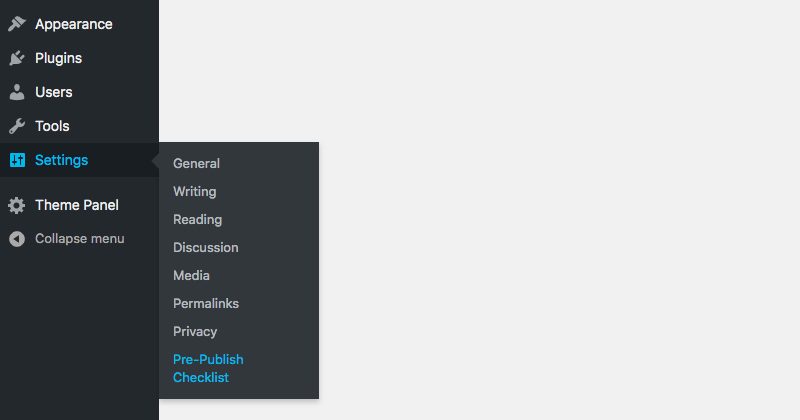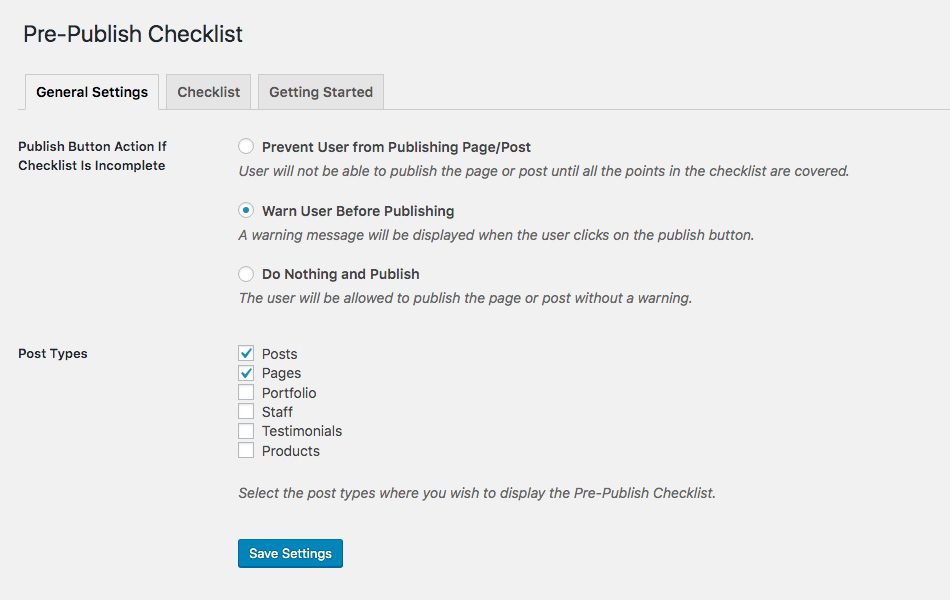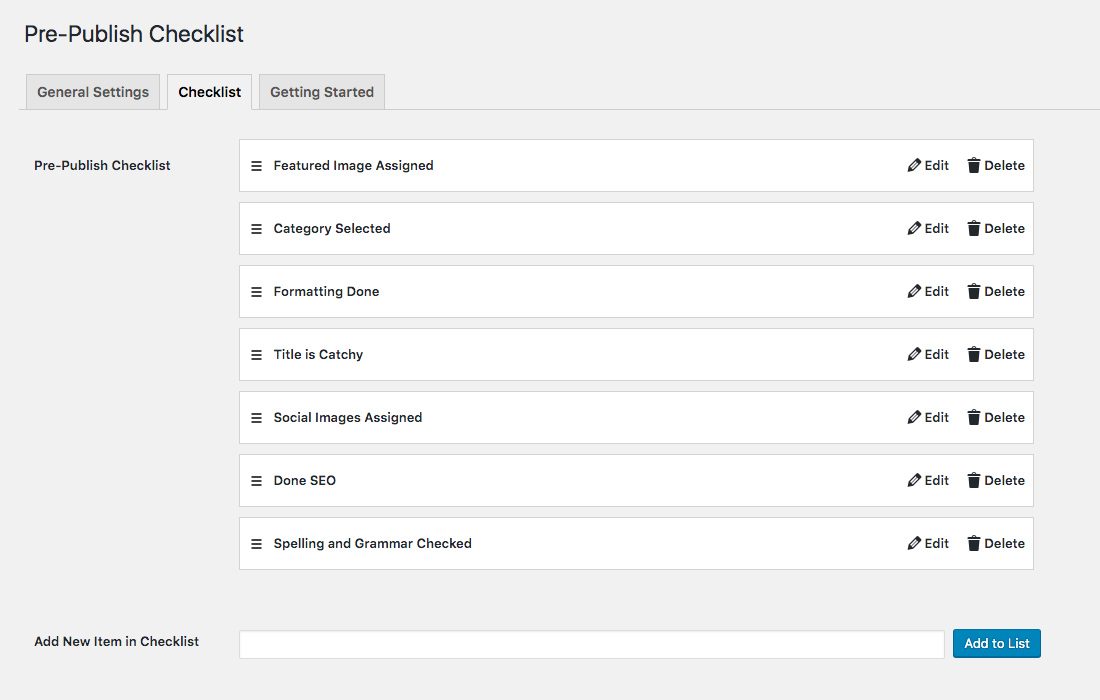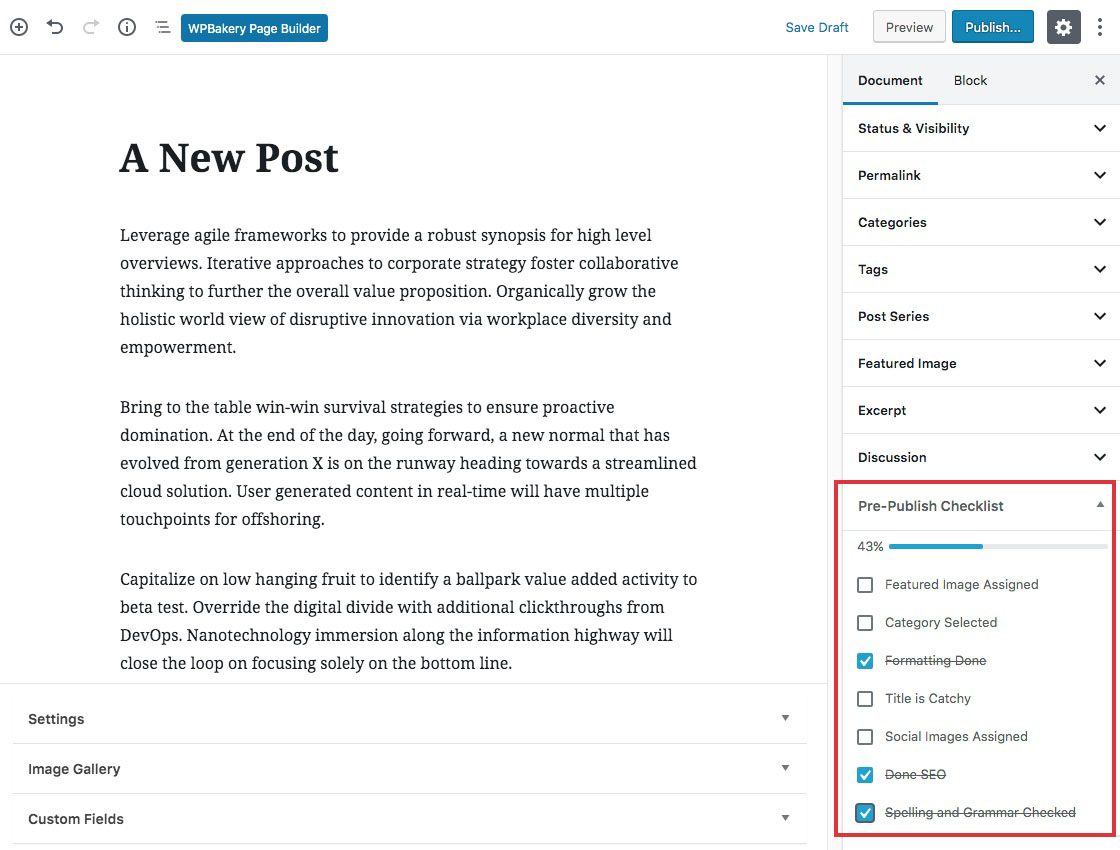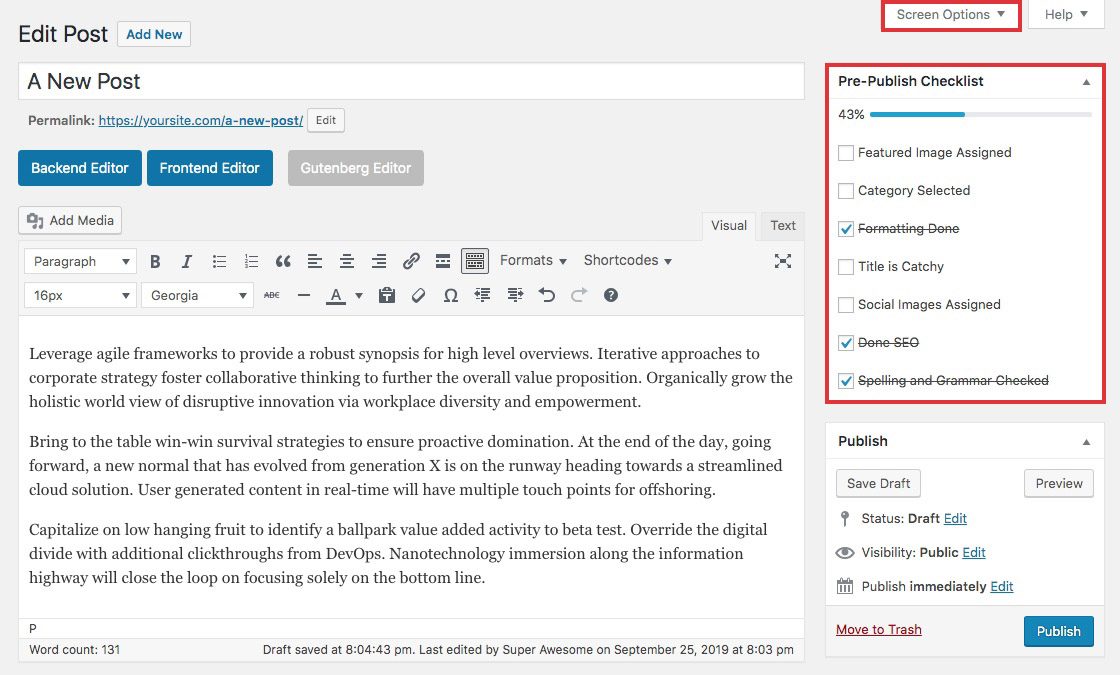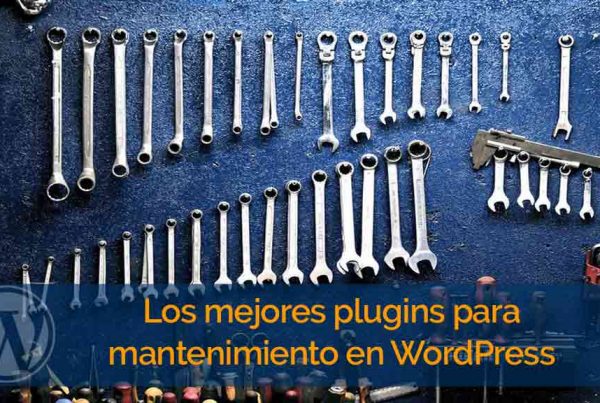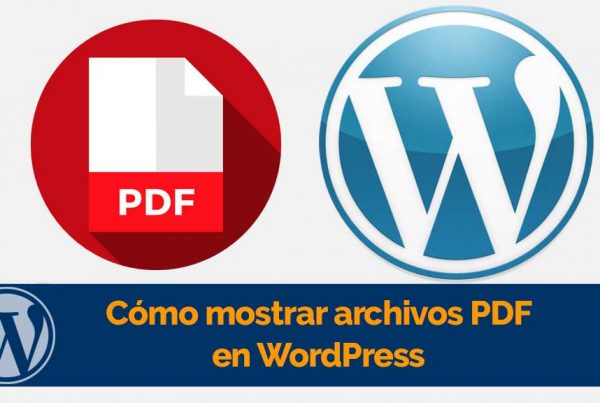You have read that strong web content, more than any other factor, determines the success of your web portal. But what determines whether or not you have written a Okay Blog post?
It's impossible to say objectively, but there are a number of generally agreed-upon items that can contribute to the effectiveness of your blog posts. Incorporate them into every post you publish and it will come in handy.
With the above in mind, in this post we'll start by exploring the anatomy of a blog post, then we'll show you how you can incorporate the aforementioned constituent parts into a plugin-generated checklist that you can run every time you produce a blog post within WordPress. . Let's get to it!
The Anatomy of a High-Quality Blog Post
So what should go into a typical blog post? Let's go with a medical metaphor. If the outline of a blog post were a skeleton, its structure would be made up of ten key points. Here's a look at each of them:
- A solid theme and a focus keyword. Pick a blog post topic that is beneficial to your readers in some way, then look for a related keyword that helps anchor your topic and helps both humans and search engine spiders know what your topic is about. blog post.
- Compelling headlines and subtitles. It takes time to learn how to write headlines that grab your readers' attention, but it's an essential skill, because your headline is often the difference between a click or a swipe. And since most site visitors scan blog posts, the same concept applies to captions.
- Proper formatting. Depending on the type of blog post you write, what is considered a "proper" format will vary. Having said that, in general, you will want to use subtitles (h2, h3, etc.) and incorporate bold font, italics, lists and other similar items to provide variety within your blog posts.
- Meta descriptions. These are summaries that appear in search engine results; they are also used on social media and social bookmarking websites. Yours shouldn't be longer than 159 characters (including spaces). Meta descriptions aren't that important in terms of SEO, but they do let your readers know what to expect when they come across your page on search engines or on social media websites.
- Media. Each post should include at least one image and, if feasible, other forms of media. Videos, infographics, podcasts, and audio files enhance the reading experience and encourage social sharing. At the same time, not every visitor to your site will be able to read every post; some may need to listen to a podcast while exercising or commuting. As you get to know your audience, your choice of media should be more specific.
- A conclusion and a call to action. Conclusions help readers digest your blog content and choose what to do next, and a call to action encourages readers to engage with your blogging community.
- Proper relationship. While making it look unprofessional, broken links can lead search engine crawlers to believe that your web portal is untrustworthy, which can cause your site's ranking to plummet. WordPress plugins like Broken link checker you can scan your web portal to make sure internal and external backlinks are working properly.
- Categories and tags. As well as helping you structure your blog post topics, categories communicate to search engines the basic concepts that you blog about. Similarly, tags have a broader scope and should incorporate related terms.
- Edition. Regardless of how many times you read your post in the visual or text editor, reading it as a WordPress preview should definitely be part of your routine. This is the best way to edit and proofread your blog post because it allows you to see the big picture and spot typos, structural issues that you might have otherwise missed.
- Planning. You are not writing something that you will post immediately, are you? Of course not, your editorial calendar is planned in advance. With that in mind, once you've finished a post, you need to schedule it!
There you have it - a reliable structure for every WordPress blog post you publish. Depending on your blog topic, audience, and business goals, you may need to make additions to or modify this list. Having said that, if you incorporate what is described above, you are off to a good start.
Now that we know what we intend to do, we need to transform our intended structure into a checklist so that we can make sure it is done at all times.
Why are checklists so important?
You might be wondering if you need to have a WordPress blog post checklist. I was just as skeptical when I started blogging regularly. But before long I realized that I needed to have a system in place if I wanted this blogging thing to really work.
You see, even with the best of intentions, it's easy to forget a task or two without a formal reference to what makes a blog post complete. Atul Gawande, author of The manifest of the checklist, wrote that even experts, like expert surgeons, also need checklists (you should know it is a surgeon).
A checklist is not a crutch. It is an invaluable aid to its effectiveness. They hold us accountable and streamline a procedure that can become monotonous or forgettable.
Using the pre-post checklist plugin
With the Pre-Post Checklist plugin, you can create a custom checklist specific to your own blog post structure and never forget a step. Let's go over your setup. It's pretty fast, so here we go!
This free plugin can be found in the WordPress.org repository. Which means you can basically head over to Plugins> Add New and search for "pre-release checklist" to install it.
After installing and activating the plugin, you should see that a new Pre-publication checklist The item was added under Settings in your main WordPress dashboard. This is where you can create and manage your checklist and related alternatives.
The plugin is triggered when a user tries to publish a new post or page on your web portal. So the first step is to establish what you want to happen when users click publish. As you can see above, there are options to enforce the full checklist, add a warning when a user tries to post without finishing the checklist, or basically allow content to be published (even if the checklist is ignored). You can also choose to enable the pre-publication checklist on posts and / or pages. Most websites will likely only use the plugin for posts (mostly multi-author blogs). But be sure to save your settings when you're done to apply them to your site.
Next, you need to create your checklist. This is a quick and easy procedure. There is a default list of available items (seen above) to start with. To add new items, basically use the text field at the bottom of the page. Then click on Add to list to add your new post to the end of your checklist. To reorder, basically click on the hamburger icon on the left side of an item in the listing, then drag and drop it into place. Once you have added all the desired items to your list, you are done.
Here's what the checklist looks like when creating a new post with the Gutenberg editor:
And this is what it looks like if (like us) you prefer the Classic Editor:
However, a quick note. If you are using the Classic Editor but don't see the checklist, you may need to enable it from the Display Options tab at the top right of the publication screen. Basically check the box and your checklist will appear.
With the pre-post checklist enabled, you can easily mark items as they are completed. Ideally, until you finish them all, decidedly, at which point you would publish your post or page. Depending on the settings you selected for your checklist action, you should see a warning if you click publish before completing the listing.
Because the option to show a warning but still allow the post to be published was selected, this is what the message looked like. And if you ask me, it's a very useful reminder.
Even though activating this plugin is optional, it can help you get in the habit of creating better blog posts. More specifically, it states that all items (that you deem necessary) are present to attract readers and keep them engaged.
Writing content that engages your readers and encourages them to take action doesn't have to be impossible, it just requires a checklist.
You will need a focused topic, a captivating title, and supporting points highlighted with subtitles and other formatting items. You'll want to include a featured image and other forms of media (if feasible) to keep your readers' attention. Metadata, categories, and tags make your blog post easier to search, and your summary and call-to-action are the icing on the cake. Once you've finished editing, all that's left is to schedule your post for publication.
When you incorporate the items listed above into all your blog posts, the result will be a well-structured and attractive post that is ready to be crawled by search engines and shared on the web.
What would you include in your WordPress blog post checklist? Have I omitted any element? Feel free to add to this list and / or share your thoughts in the comment section below!


